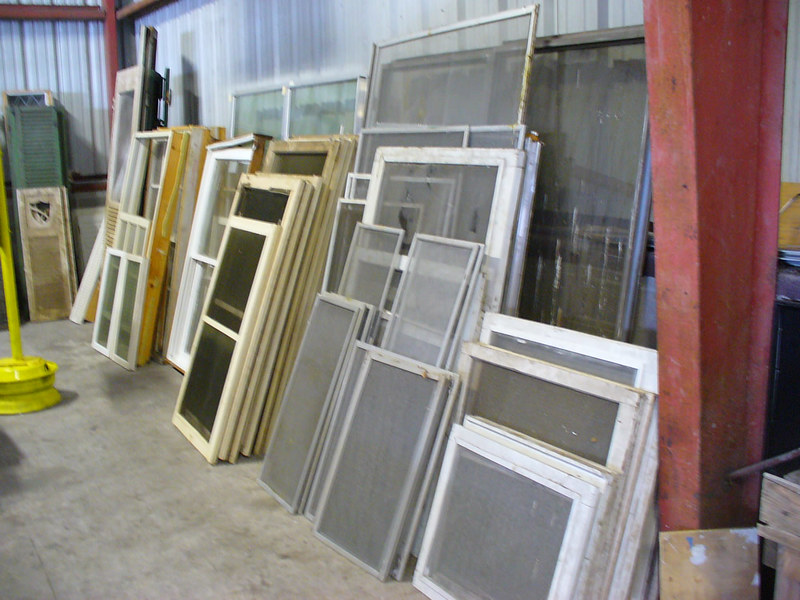Window screens
Contents |
[edit] Introduction
Window screens (sometimes referred to as fly screens) are exterior window coverings that are removable. They are primarily made from materials such as aluminium and fibreglass.
Their purpose is to keep out insects when windows are open, but they can also help provide protection from small stones and objects that might break window glass.
Window screens were first introduced in the United States in the 1800s. They gained popularity in North America and Australia in the 1950s and variations are now frequently used on structures such as porches and conservatories (or sunrooms).
[edit] Applications
Window screens are used in domestic applications in areas where seasonal insects (such as flies, midges, mosquitoes and wasps) can be a nuisance. Window screens can also help keep pets inside while preventing unwanted intrusions from birds and small animals. In addition, there are extremely fine screen options that can help cut the amount of pollen entering through open windows.
They also provide some glare reduction inside while creating a degree of privacy from the outside of the building.
[edit] Aesthetics
Like wired glass, window screens can be less visually attractive than plain windows, although it is possible to improve the overall look of the screens by selecting screening materials that are less visible.
Window screens partially obstruct interior views, although this can again be controlled through the selection process. For instance, some window screens can be quickly removed or rolled up and retracted to reduce their visibility.
Aesthetics can also be improved by decorating the screens. In some neighbourhoods, folk art is a common theme on window screens, either painted or printed directly onto the mesh.
Short Guide, Scottish traditional shopfronts, published, on 18 April 2017 by Historic Environment Scotland, defines window screens as: ‘Devices used to create a division between the window display and shop. Often made of timber or glass and found in Victorian, Edwardian and inter-war shops. Changes in fashion mean that these rarely survive.’
[edit] Related articles on Designing Building
[edit] Related articles on Designing Buildings
Featured articles and news
Amendment to the GB Energy Bill welcomed by ECA
Move prevents nationally-owned energy company from investing in solar panels produced by modern slavery.
Gregor Harvie argues that AI is state-sanctioned theft of IP.
Heat pumps, vehicle chargers and heating appliances must be sold with smart functionality.
Experimental AI housing target help for councils
Experimental AI could help councils meet housing targets by digitising records.
New-style degrees set for reformed ARB accreditation
Following the ARB Tomorrow's Architects competency outcomes for Architects.
BSRIA Occupant Wellbeing survey BOW
Occupant satisfaction and wellbeing tool inc. physical environment, indoor facilities, functionality and accessibility.
Preserving, waterproofing and decorating buildings.
Many resources for visitors aswell as new features for members.
Using technology to empower communities
The Community data platform; capturing the DNA of a place and fostering participation, for better design.
Heat pump and wind turbine sound calculations for PDRs
MCS publish updated sound calculation standards for permitted development installations.
Homes England creates largest housing-led site in the North
Successful, 34 hectare land acquisition with the residential allocation now completed.
Scottish apprenticeship training proposals
General support although better accountability and transparency is sought.
The history of building regulations
A story of belated action in response to crisis.
Moisture, fire safety and emerging trends in living walls
How wet is your wall?
Current policy explained and newly published consultation by the UK and Welsh Governments.
British architecture 1919–39. Book review.
Conservation of listed prefabs in Moseley.
Energy industry calls for urgent reform.

























